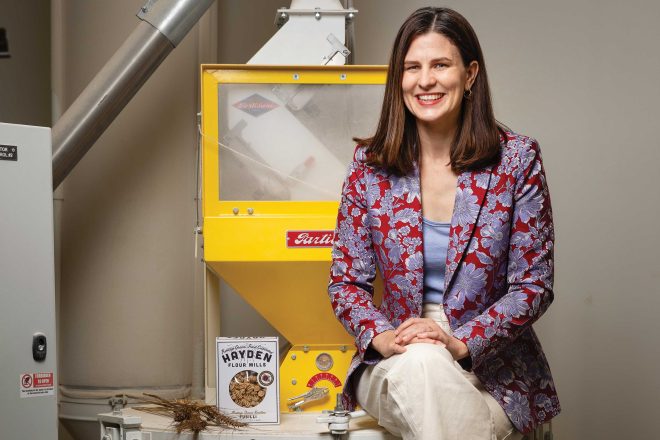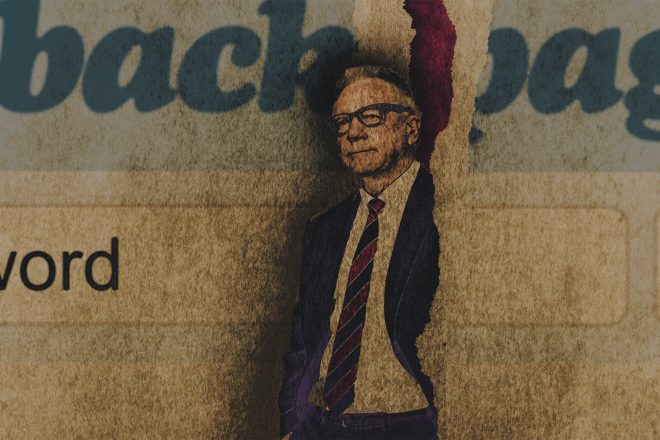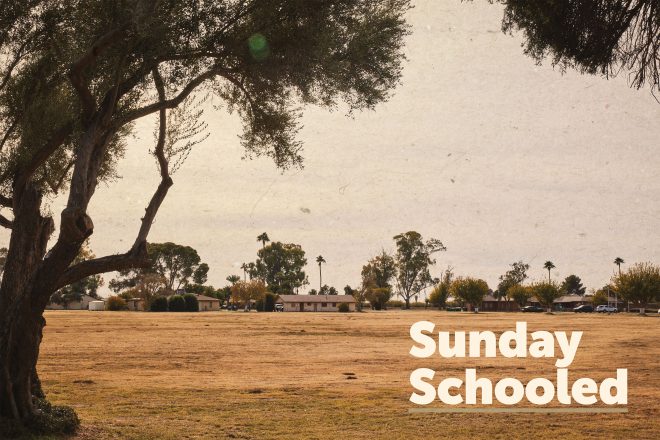 For attorney Heather Hamel, being part of a Filipino/Native American/Serbian/Irish/black family is a bit like being in the eye of a prejudice storm. She passes for white, but her parents and some of her biological, step- and adopted siblings don’t.
For attorney Heather Hamel, being part of a Filipino/Native American/Serbian/Irish/black family is a bit like being in the eye of a prejudice storm. She passes for white, but her parents and some of her biological, step- and adopted siblings don’t.
So when her brothers feel harassed by police or people call her mother “dirty,” she feels their pain. But she remains safe.
Her experiences have shaped her view of justice. She tells a tale of two traffic stops. A police officer pulled her over for driving with an expired temporary license plate. He promptly apologized to her, and courteously changed her plate. Around the same time, her brother – an ethnic-looking mixed-martial arts fighter – was pulled over for an illegal lane change. Hamel says the officer immediately accused him of stealing the car, then handcuffed him while backup cops and K9s combed the vehicle for drugs.
Her voice catches as she relates this story to explain why she launched Justice That Works. The new nonprofit aims to bring humanity, equality and effective solutions to Arizona’s legal system. Her first goals: to open a rehabilitation-focused community court and foster citywide safety by supporting neighborhoods, not surveilling them.
“It’s getting people to change the way they think about what our justice system is being used for, and whether or not that impacts crime or creates safety,” the Berkeley Law graduate says. “Those are the ostensible reasons for the justice system. But in reality all it does is economically devastate largely black and brown communities. And it creates cycles of poverty and incarceration.”
No matter what lens you look through – taxpayer, cop, Caucasian, minority – our justice system is troubled. Arizona spends $1 billion-plus annually to lock up more people per capita than any Western state, according to the Justice Policy Institute. Yet our violent crime and property crime rates remain well above the national average, and within three years, 42 percent of released inmates are rearrested, according to the Arizona Department of Corrections.
“It’s a very perverse form of investment,” Hamel, 29, says. “You don’t get any returns. There’s only cost.” Why do we spend so much imprisoning so many for so little benefit? “We just have such a lack of imagination. Whatever problem we have, the solution in this country is incarceration… But [political activist] Angela Davis has a great quote: ‘Prisons don’t disappear problems, they disappear human beings.’”
Until November 2015, Hamel worked for law firm Perkins Coie, mostly on pro bono cases. She represented Diana Ramos, an asylum-seeking single mother who languished in immigration detention for more than four years. Ramos missed her daughters’ high school graduations. Her children were raised by members of their church. The state spent about $230,000 detaining her – all to ensure she showed up on her court date, which she almost certainly would have done anyway.
“That case made it very apparent to me that our system was not designed to provide justice to everyone,” Hamel says. “If you can pay a certain price or if you have a certain name, that’s your ticket to enter into the justice system, and if you can’t, you’re locked out of it.”
The case also compelled Hamel to start JTW and offer alternatives to incarceration, including the community court model.
There are 40 community courts in the U.S., located everywhere from small-town Colorado to the Bronx. Typically, a presiding judge and prosecutor’s office get permission from city officials to transform an existing municipal court into a community court. These courts handle misdemeanor cases such as low-level drug possession, trespassing and shoplifting. They do not incarcerate offenders but sentence them to community service and programs such as job training, counseling and rehab. Community members meet regularly with court officials to identify community service projects and advise the court about local issues of concern.
Hearings are supportive. A judge in a Newark community court has defendants write an essay about their goals, then discusses options with them. “The sentences are tailored to fit the individual’s needs,” Hamel says, “and to try to uplift their situation” rather than jailing them, potentially causing them to lose their job and home and resort to repeated crime.
Studies from the Center for Court Innovation suggest the courts are linked to significant increases in perceived neighborhood safety, while saving some municipalities more than $1 million a year.
“I think any ideas along that [community court] line are really excellent,” says Judge J. Matias Tafoya of the Mesa Municipal Court, which is developing a similar model for veterans and the mentally ill. “Not only does community service help society; it cuts down on jail costs and keeps the court from being a revolving door for some people. It would take a whole community effort – the police, prosecutors, city council. But if you get the community behind it, good ideas are not hard to sell.”
The Mesa court is considering a task force to explore the possibilities of a community court. In another jurisdiction Hamel is working with, “the presiding judge is completely bought in [and] has started referring to the court as a community court,” she says. Hamel hopes that this year or next, the Valley will debut Arizona’s first community court.
Meanwhile, JTW kickstarted its Redefining Safety Initiative. Hamel has held numerous educational assemblies in Maryvale and South Phoenix, recruited 11 “promotoras,” and schooled them in criminal justice. The promotoras will host 50 total meetings, gathering grassroots ideas for promoting safety via community centers, after-school programs, mental health clinics, etc. The ideas will be presented to Phoenix City Council.
Hamel faces a rough road. She’s JTW’s sole staff member (she has two board members, plus a network of collaborators) and largely self-funds the nonprofit. But she’s willing to walk the walk: In March, she chained herself to the Arizona Capitol to protest a prison-related bill and was thrown in jail, where she repeatedly asked guards to give a pregnant inmate a mattress. (She says they refused.)
She realizes most people consider inmates the unsympathetic “other.” However, she says, “Whatever label you want to put on them, we’re talking about human beings who are important to their families, our communities, our workplaces. There’s a very strong moral argument for treating human beings with dignity and compassion. But even if you don’t want to talk about that, we should [ask], ‘How effective is this system in terms of actually helping people out?’”



